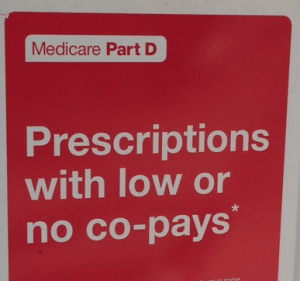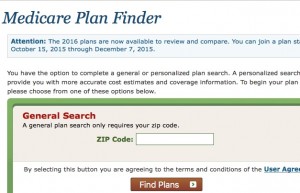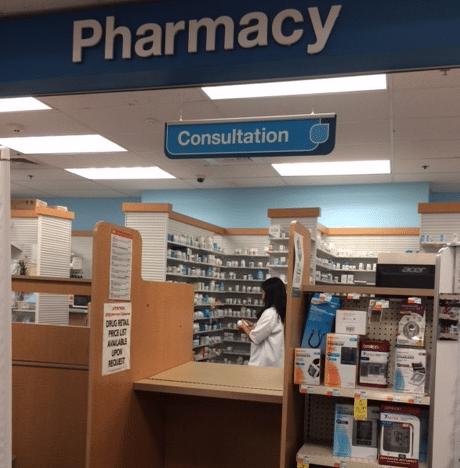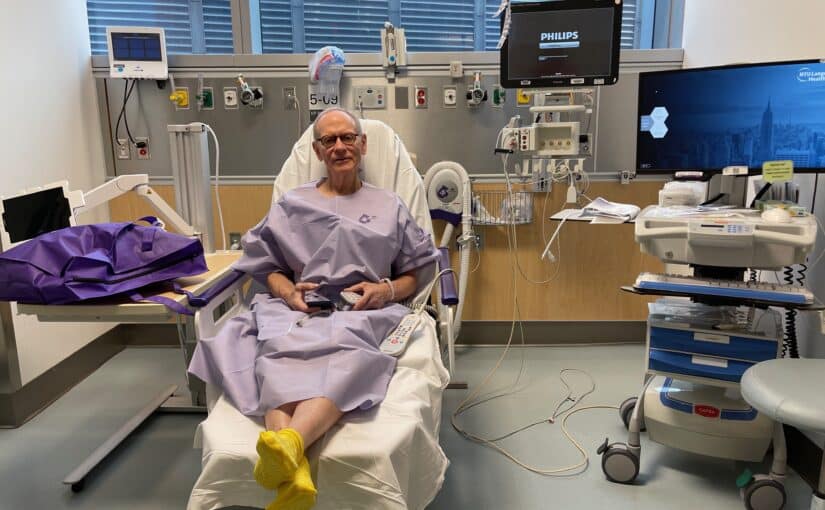by Barbara Nevins Taylor
Loyalty. Those of us old enough to use Medicare tend to share an ingrained sense of loyalty about brands and the companies that serve us. But this is 2015 going on 2016 and it turns out that loyalty to insurance companies doesn’t pay. That’s why you might consider how changing Medicare plans can save you money.
And with open enrollment starting on October 15 and running through December 7, 2015 for insurance for 2016, this is the time for a serious review and maybe a change.
“Health needs can change in a year, so it’s important for people with Medicare to check to see if they are getting the best price and the best plan available,” suggests Andy Slavitt, Acting Administrator for the Center for Medicare and Medicaid Services (CMS).
During the open enrollment period, you can change insurers for your Part D prescription drug plan and your Medicare Advantage plan. More about that here.
Almost 40 million of us get prescription drugs through Medicare Part D. But how many of us get the most for our money?

Turns out seven out of ten of us ignore our best interests and spend more than we need to because we don’t switch plans, according to analysis by the Henry J. Kaiser Family Foundation of the data from 2006 to 2010.
By this time, you should have received a booklet called something like, “2016 Annual Notice of Changes.” Within the first few pages it tells you what your Part D insurance costs this year, and what it will cost next year. My monthly Part D premium of $52.10 will go up to $64.70 in 2016.
About 4.4 million will face at at least a $10 a month increase if you don’t shop around, according to the Kaiser Foundation.
That’s why Mitchel Clark of the Medicare Rights Center says, “It is very important that you read your ANOC (Annual Notice of Changes) and consider all of your options, since many plans make changes every year, and your current plan may not be your best choice for 2016.”
We’ll explain how to shop for a new insurer in just a second.
The Annual Notice of Changes also includes a section called, “Formulary,” and includes the list of covered medications. If you don’t find the medication(s) you use on this list, you really might want to find another insurer that covers your prescription drug(s).

SHOP AROUND
The Medicare.gov website offers an extremely useful tool. Follow the prompts and you can find out which companies offer the medication(s) that you need and then compare which offers the lowest monthly premium, copay and the overall best deal.
TIP:
The steps on the website may seem daunting at first. But if you go through the instructions, or prompts, slowly,you can get every bit of accurate information that you need.
If it all seems too confusing for you to sort out, check with one of the Medicare advocacy groups like Medicare Rights Center – 1-800-333-4114. Real people answer the phone and work hard to get the information that you need.
And the Medicare Rights Center’s Mitchell Clark says,”If you decide to enroll in a new plan, we advise you to do so by calling 1-800-MEDICARE rather than the plan itself.”
WATCH:




My wife and I have been with AARP/UHC since we became Medicare eligible. We also opted for their Rx (Part D) plan. I initially saved on my monthly premium because I wasn’t taking prescription drugs, so I opted for their lower premium plan. But that changed when I was prescribed a Tier 3 medication, and that meant higher co-pays, erasing the benefit of a lower premium.
For 2016, both our medigap and Part D premiums are increasing (what’s new under the sun?). Just for the heck of it, I explored a group Medicare Advantage plan from my former employer. The premium for both medigap and Rx is laughably low — a tenth of the combined AARP/UHC premiums. But then looking at the benefits, I wasn’t ready to take the risk if I were hospitalized. Our medigap coverage includes the 20% not covered after Medicare reimbursements. Knowing the cost of hospitalization and moreover, the extra exorbitant charges that mount up, I chose not to risk going bankrupt with out-of-pocket obligations under the lower priced plan. Thankfully, we can still afford it.
Insurance is a crap shoot. Even relatively healthy retirees should balance premium expense with the risk of ending up in the hospital and losing everything. (Just this week we lost a 63-year old relative who up to now had been perfectly healthy. I can’t imagine the cost of her care — completely unforeseen.) The few extra premium bucks are well worth the expense as compared to the cost of hospitalization.
We are fortunate to have erased mortgage obligations, college tuition for our children, etc. so we no longer require high life insurance premiums to leave our loved ones secure. If you’re fortunate like us, swap that expense into healthcare and long term care (the younger the better) for yourselves, because when we reach the end of our lives, we can’t take the money with us.